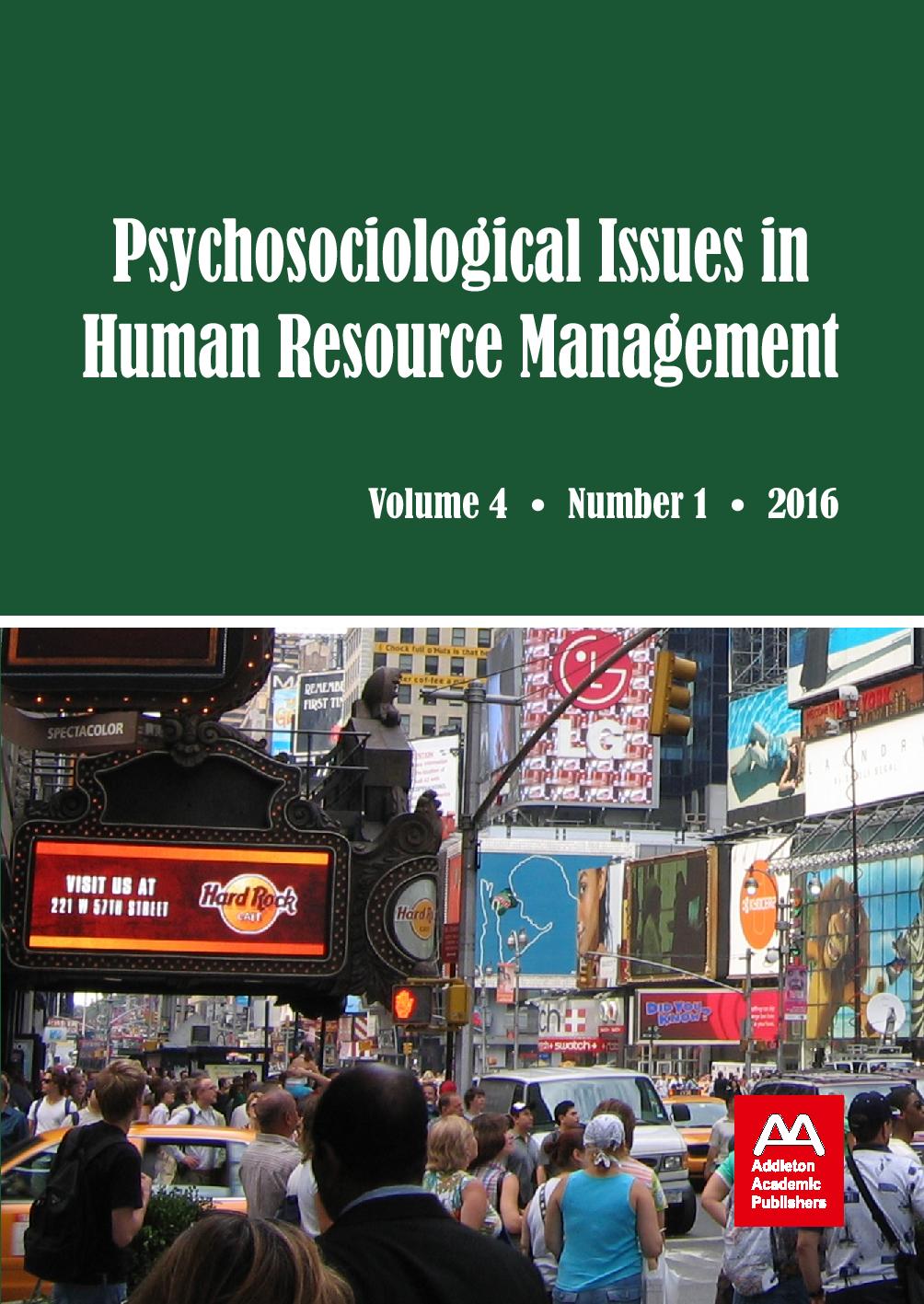SHEDDING LIGHT ON THE JAPANESE SOCIAL ENTERPRISE SECTOR: CONCEPTS, POLICIES AND MODELS
SHEDDING LIGHT ON THE JAPANESE SOCIAL ENTERPRISE SECTOR: CONCEPTS, POLICIES AND MODELS
Author(s): Rosario Laratta, Sachiko NakagawaSubject(s): Business Economy / Management, Family and social welfare, Welfare services, Socio-Economic Research
Published by: Addleton Academic Publishers
Keywords: social enterprises; WISEs; notions; institutionalization processes; typologies; Japan;
Summary/Abstract: This paper, as part of the ICSEM (International Comparative Social Enterprise Models) project, has four objectives: i) identifying and characterizing major models of social enterprise in Japan, according to their fields of activity, social mission, target groups, operational model, stakeholders, and legal framework; ii) analyzing the relations between these models and major external driving or supporting forces that are likely to explain and shape their development such as public policies; iii) examining the specific roles and contributions of such social enterprises in the overall socio-economic landscape; iv) creating a Japanese database on social enterprises and fostering international comparative analysis which is lacking at the moment. The present study involves both primary (qualitative and quantitative) and secondary data analyses of Japanese work integration social enterprises (or WISEs) undertaken by the authors since 2008. As in many developed countries, Japanese WISEs represent the most growing category of social enterprise. Those organizations focus mainly on disadvantaged people, particularly the disabled (i.e. people with mental, intellectual, and physical disabilities) and promote the integration of those disadvantaged people into society by providing them with job opportunities. Yet, the Japanese disabled people are regarded as the most excluded group and only a very low percentage of them are able to find job opportunities in the mainstream labor market. The study discusses main concepts of social enterprise in Japan and identifies three major types of public policies affecting the development of Japanese WISEs. It categorizes those WISEs in four models and shows that there are both differences and similarities among those models. Differences were found in terms of: social mission, economic model, and governance structure. Similarities among them were also identified: a) public subsidies are the main source of income for all four models (therefore low financial independence & high accountability pressures were common factors among them); b) all the surveyed WISEs follow the principle of “one member, one vote”; and c) in all surveyed WISEs their profits are reinvested to expand their social mission.
Journal: Psychosociological Issues in Human Resource Management
- Issue Year: 4/2016
- Issue No: 1
- Page Range: 115-142
- Page Count: 28
- Language: English
- Content File-PDF

